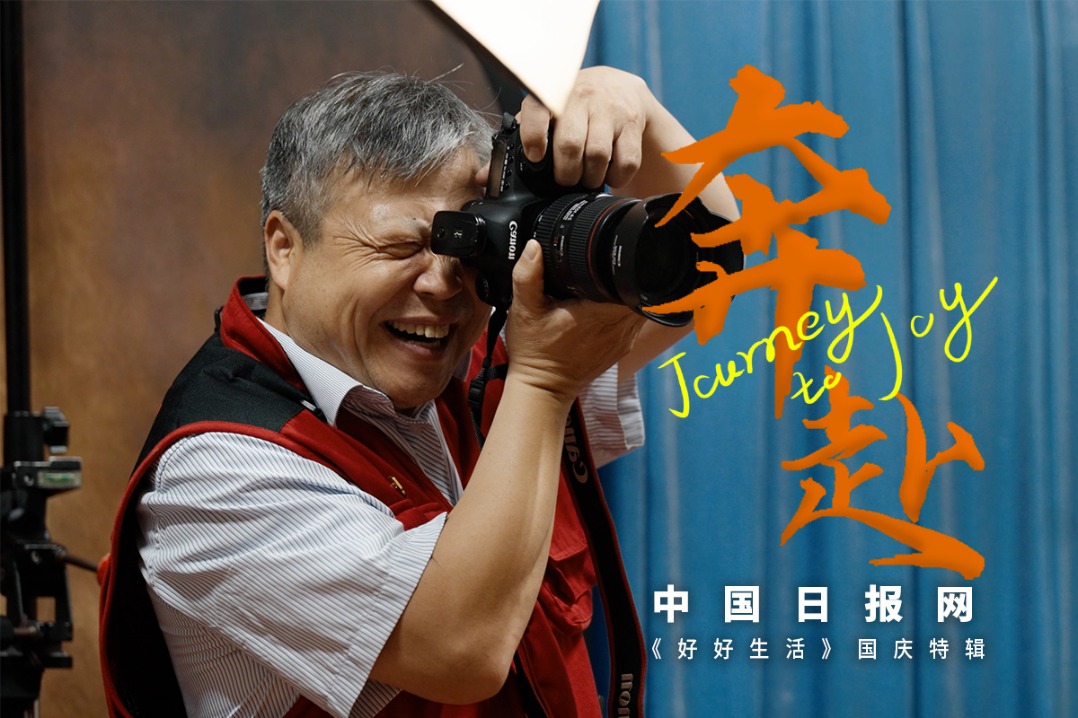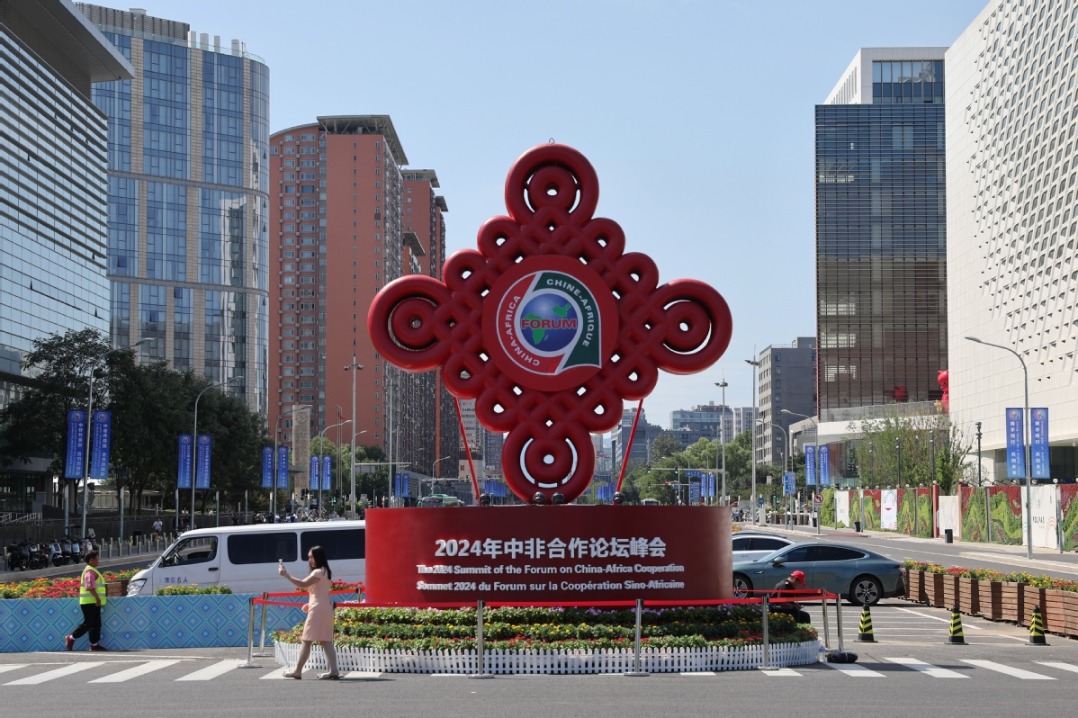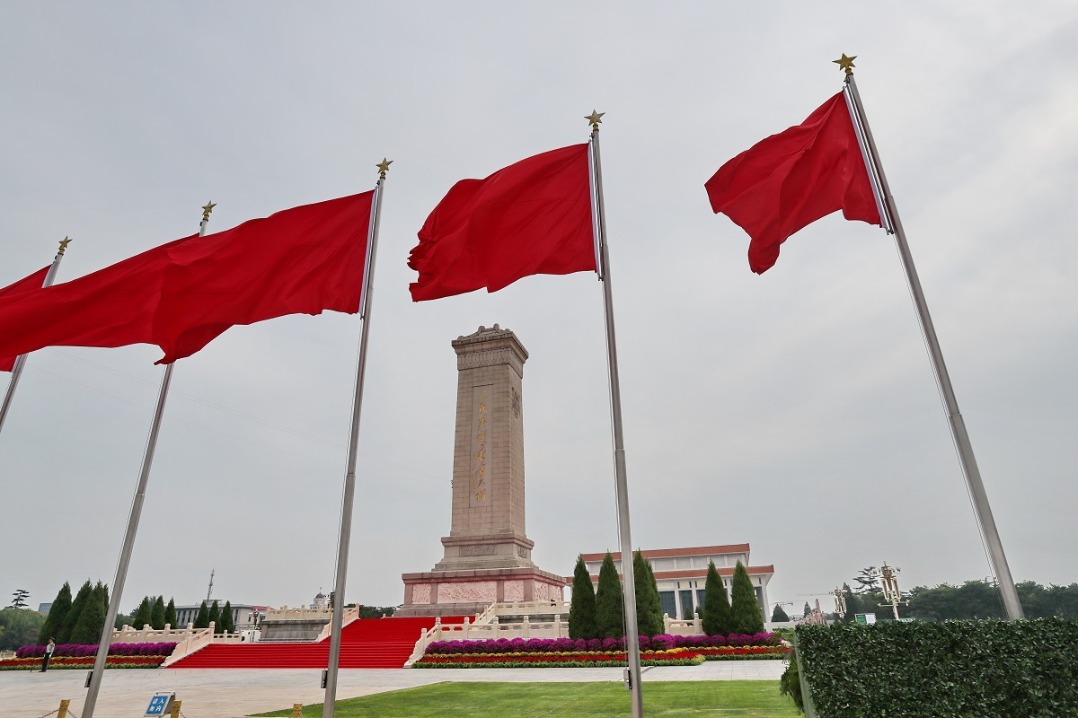Financing model in Africa bears fruit over 10 years
By Etsehiwot Kebret | China Daily Global | Updated: 2024-08-28 09:14
It's no secret that 2024 is a pivotal year for China-Africa relations, with the Forum on China-Africa Cooperation just days away. However, the FOCAC isn't the only significant milestone of 2024 — as the Africa Growing Together Fund, a joint effort of the African Development Bank and the People's Bank of China, turns 10 years old this year.
Created in 2014, the AGTF, a $2 billion cofinancing fund that finances sovereign and nonsovereign projects in Africa, became the cornerstone of AfDB's engagement with China, which dates back to 1985. Spanning a 10-year investment period that ends in November this year, the AGTF is a symbolic multilateral approach that is a welcome departure from China's usual practice of bilateral agreements on the African continent.
So, what exactly has the AGTF achieved over the last decade? According to the most recent figures available online, there are currently 41 ongoing projects and six approved projects with Nigeria, Tanzania, and Egypt being the biggest recipients of funding and transportation, water supply, agriculture and rural development sectors benefiting the most.
According to Charles Boamah, AfDB's former vice-president and CFO, the AGTF enables an additional $200 million in large-sized projects annually across the continent, on the same terms and conditions as loans administered by the AfDB itself.
This includes no conditions attached to the loans and operating within AfDB's policies and procedures, allowing open contracts to suitable international bidders to take on large-scale projects, and creating a space for transparency and opportunity for all stakeholders.
So is the AGTF a success story for China-Africa relations? Should the AGTF be replenished this year and by how much? And what type of projects has the AGTF financed over the last 10 years and what kind of impact has it had on different countries? Let's dive into two key examples.
The first instance is in Nigeria. The AfDB has played a vital role in revitalizing agriculture in Africa through one of the bank's High Five Priority Areas — Feed Africa — which focuses on 18 priority commodities across the five core agro-ecological zones in the continent. The bank works with African governments and the private sector in 11 African countries to create special agro-industrial processing zones that transform rural areas into dynamic economic zones to catapult economic transformation in the continent through value addition, market access, and increased private sector investment.
Nigeria is one of those countries that is currently in Phase I of implementing SAPZs that will be implemented between 2022 and 2028.This program, spanning seven states across Nigeria and the Federal Capital Territory is estimated to cost $538.05 million in its first phase, with a loan from AfDB of $160 million and an AGTF loan of $50 million. The program will support the development of agro-industrial hubs, enhance agricultural value chains, increase job creation, and support agro-industrial policy and development. In just the first phase, a minimum of 400,000 jobs and up to 1.6 million indirect jobs can be created. The project, which is currently being implemented by the Nigerian Federal Ministry of Agricultural and Rural Development, can put the country a step further in its structural transformation and economic growth agenda.
The second example is Rwanda. According to a recent analysis by UNICEF, 28 percent of Rwandan households lack access to basic sanitation (2022 consensus), and 44 percent of households lack access to basic water supplies (2019-20 Demographic and Health Survey). The Sustainable Water Supply and Sanitation Program is currently being implemented in the capital Kigali and seven satellite cities to support infrastructure investment and institutional capacity development in the urban water and sanitation sector to promote adequate, reliable, and sustainable water supply and sanitation services. In Phase I, this program will receive a loan of $199.5 million from the bank and another $50 million from AGTF with a contribution from the Rwandan government of $24.7 million.
The program is scheduled for five years from 2024 to 2029, with the first phase of the project focused on infrastructure refurbishment. Through the program, 1.1 million people will get improved water supply services and almost 475,000 people will get improved sanitation services, with the main beneficiaries being business owners and small-scale agricultural industries.
The AGTF projects in Nigeria and Rwanda are only the tip of the iceberg. Across the 52 AGTF projects, African governments, private sector actors, and communities both small and large have benefited tremendously from the financing. As such, the AGTF is an important model for African countries and institutions for three key reasons.
First, the AGTF is an innovative financing model. The success of the AGTF as the first-of-a-kind cofinancing model between an African multilateral institution and a creditor has demonstrated the transformative impact that partnerships such as that between AfDB and PBOC can have on African growth and development. The AGTF model can be replicated with other AfDB members or with other African multilateral institutions more broadly.
Second, the AGTF is a testament to not only the growing partnership between China and the AfDB, but also the value of China as a creditor. The AGTF, through its flexible bidding process and procedures, as well as the lack of conditionalities attached to its lending has made it easier for the bank to target countries and projects where financing is needed the most. At Development Reimagined, an African-led international development consultancy, we argue for financing to be channeled through African institutions, such as AfDB, which have a stellar reputation for delivering great results across the continent. Overall, the AGTF by channeling financing through the AfDB, has become a localized mechanism and has had a greater impact on the continent.
Third, the AGTF provides financing not only to governments but also to the private sector. Far too often, the private sector gets overlooked when designing large-scale projects. However, with the right incentives and opportunities, commercial investors can transform a country's economic landscape. Recent data from AfDB shows that till 2024, approximately $400 million has been utilized for the private sector.
With the AGTF expected to be replenished this year, we would hope to see the $2 billion replenishment as a minimum. Given the AGTFs success, expanding the replenishment beyond $2 billion will allow for more vital projects, such as those in Rwanda and Nigeria, to be financed on the continent. It would also be great to see the AGTF financing cross-border regional projects and linking the work of AGTF with larger initiatives including the African Continental Free Trade Area and working more closely with other African multilateral institutions including Afreximbank and the African Finance Corporation.
The author is Development Finance Advisor at Development Reimagined. The views do not necessarily reflect those of China Daily.
























